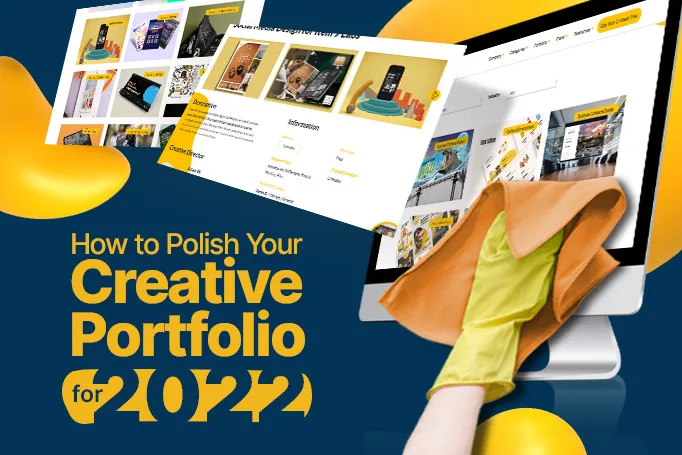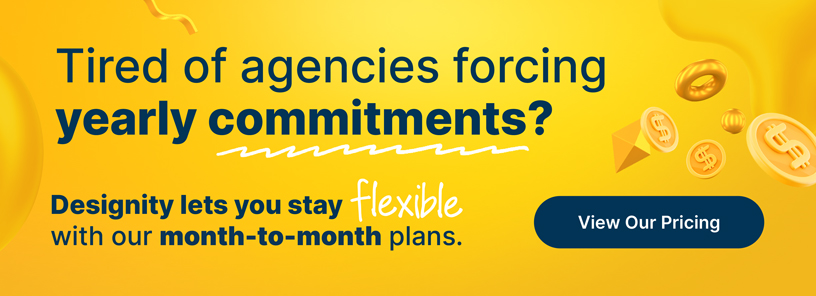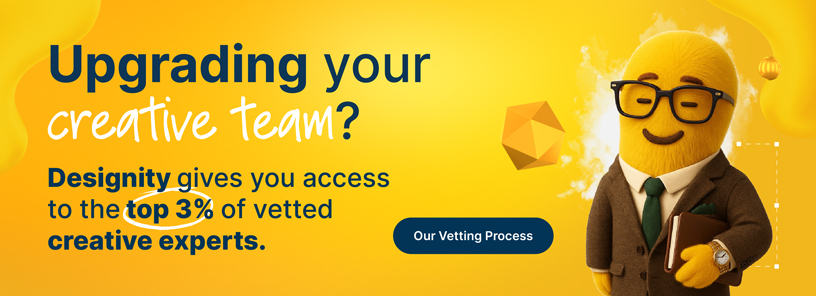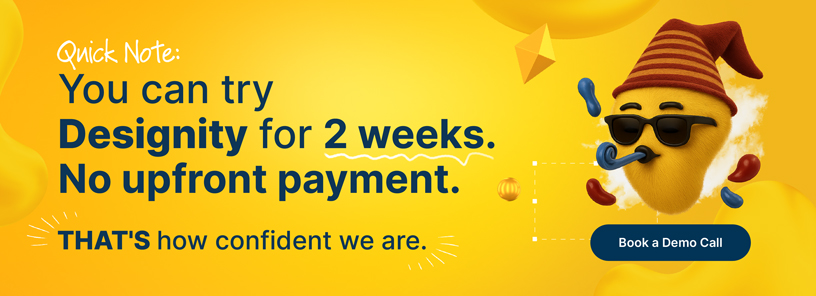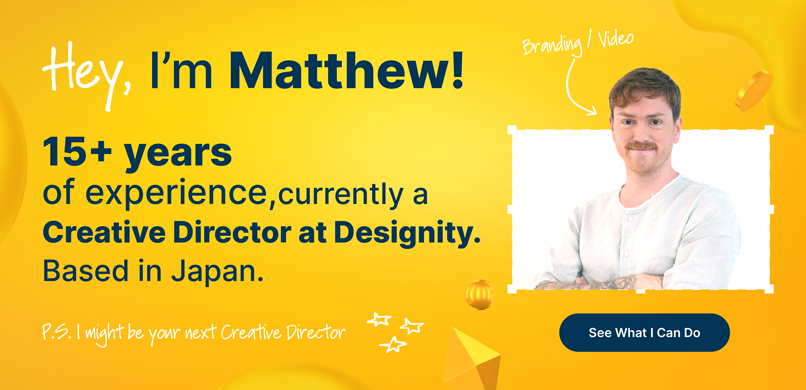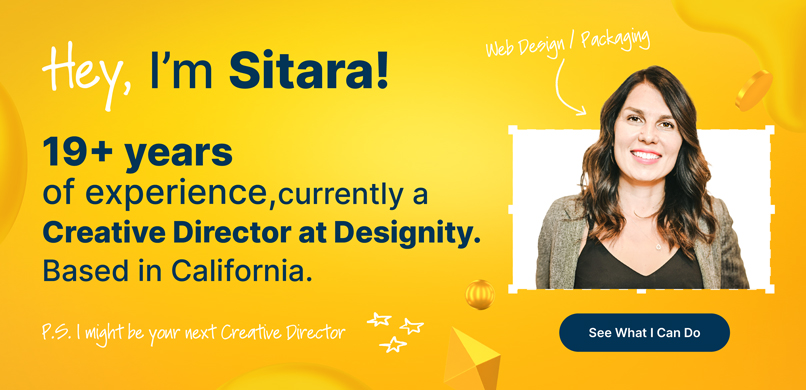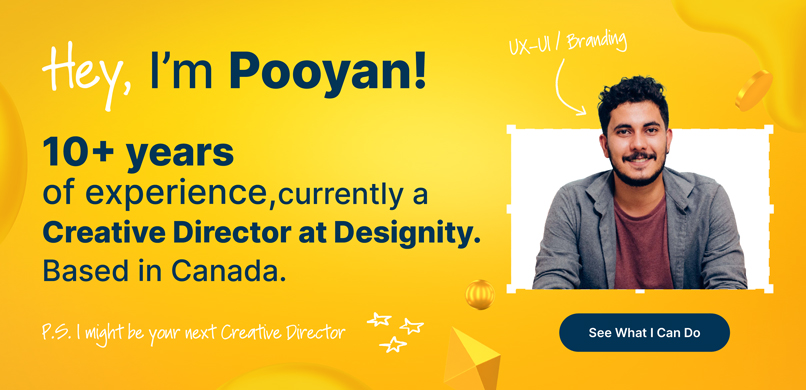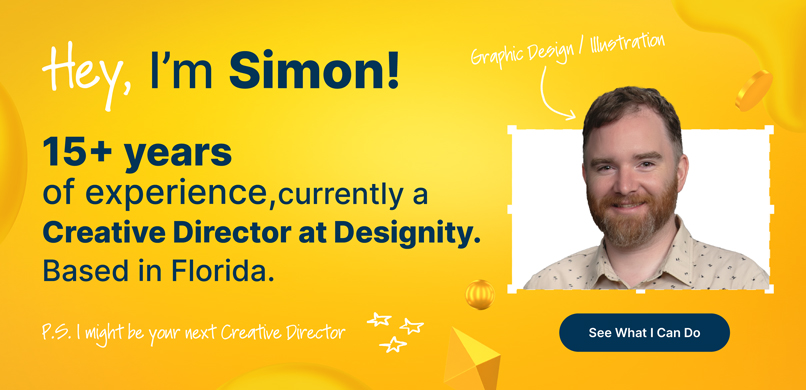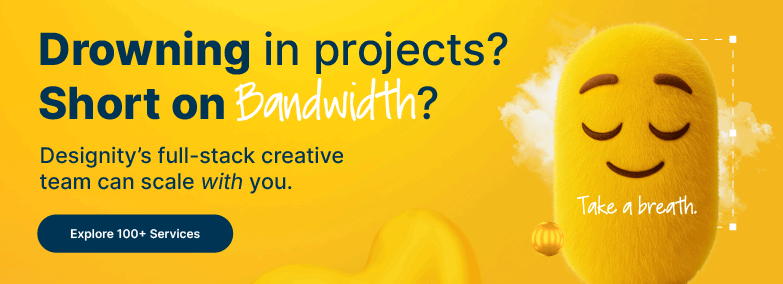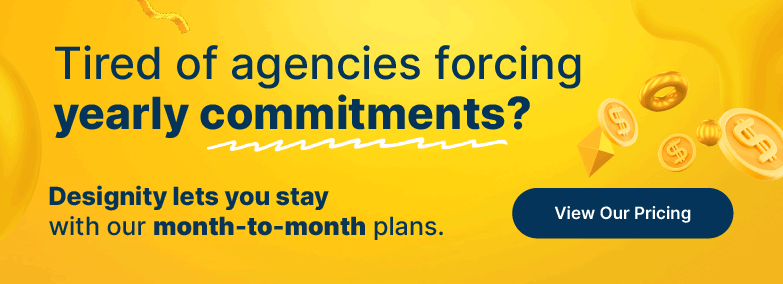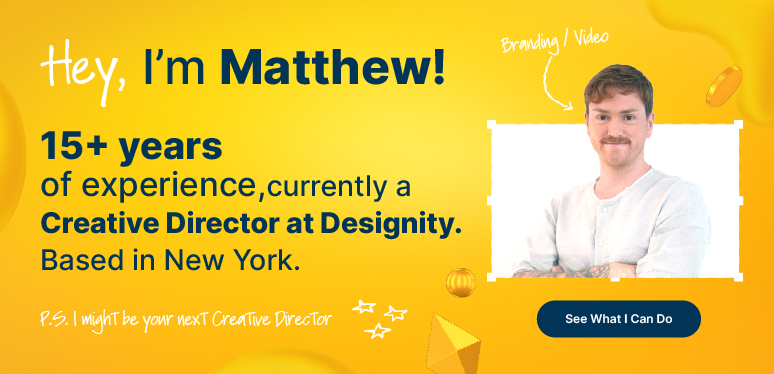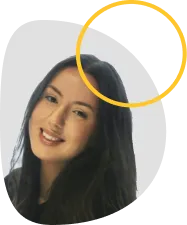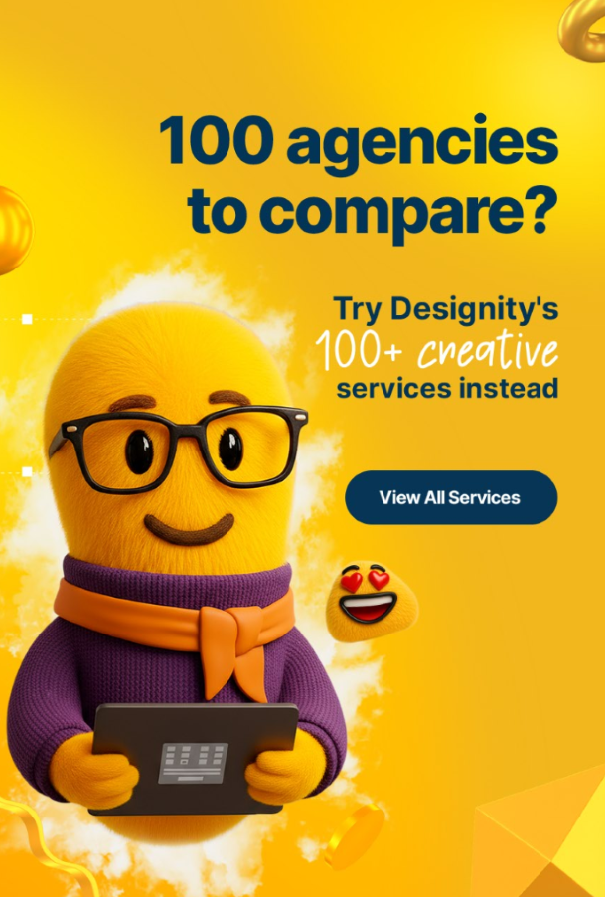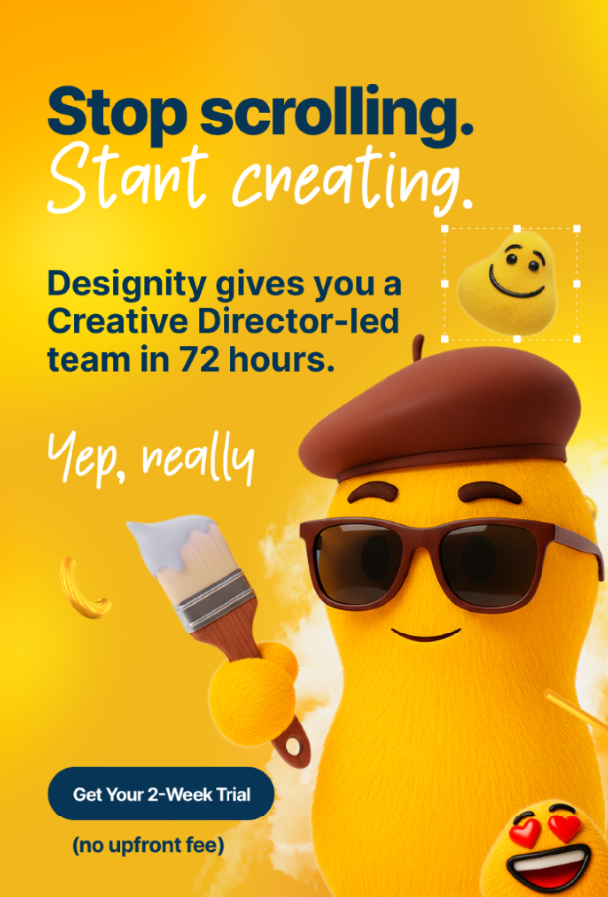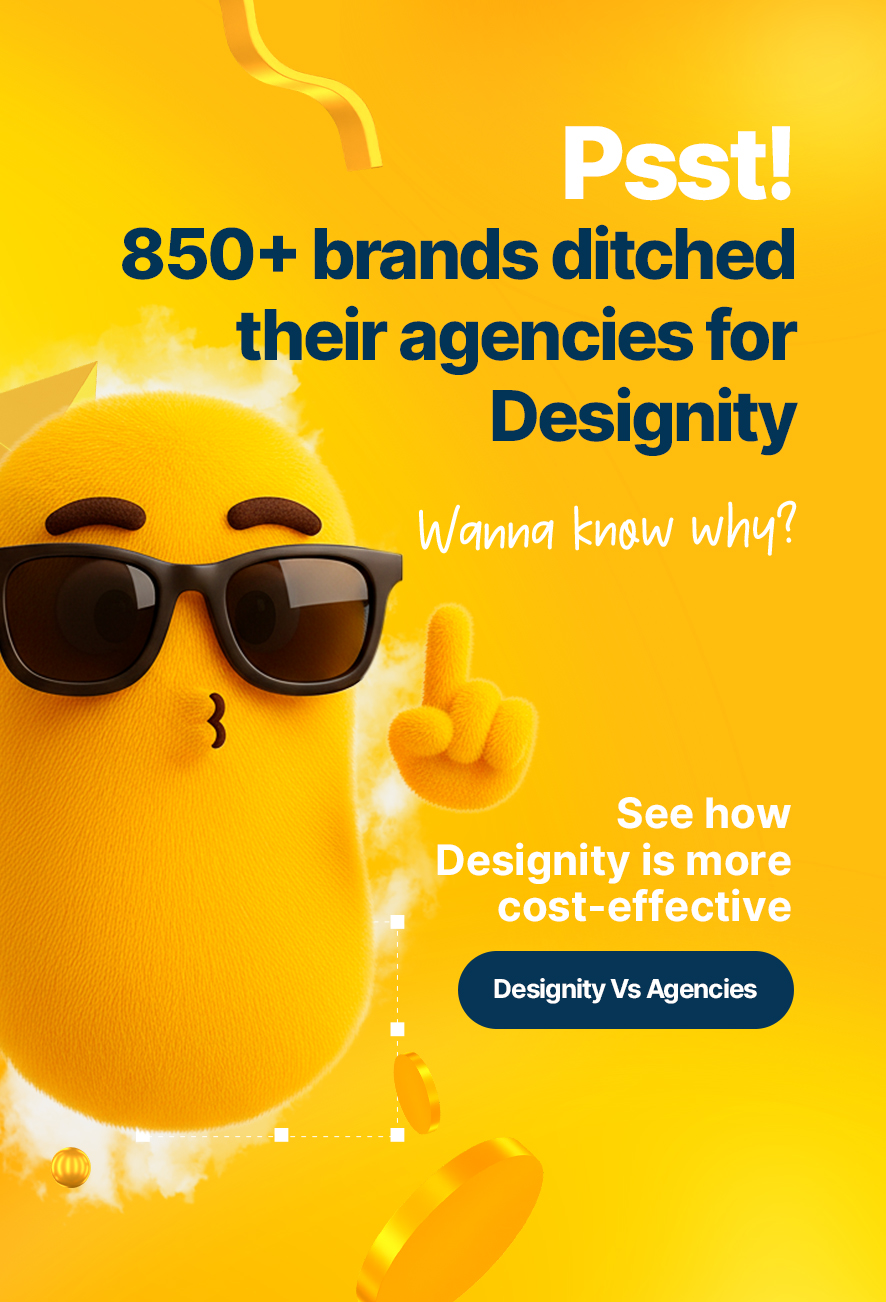A portfolio is the face of one’s work–a living profile of the artist who created it. On the flip side, it’s also the difference between nailing your dream job and…well, not. That’s exactly why crafting a memorable portfolio is essential to any creative career.
But like with anything else, industry standards change, and simply having a portfolio isn’t enough anymore. If you already have a portfolio but aren’t getting replies, these tips will help you better your chances to land that dream job. All it takes is some polishing!
Present your strongest samples.
When you have a lot of work to show, it’s likely that your first instinct is to show it all. But assuming a hiring manager is going to stick around until the end of your portfolio is a false narrative to rely on.
Sometimes less is more and can give your viewer an enticing peek into what you have to offer. The best, most strategic way to do this is to present your top 3 projects at the beginning of your portfolio. That way, even if they don’t make it past those 3, they’ve already seen your best work.

As for the rest of your projects, you’ll want to think about your career goals. If you’re looking to land a specific career path, maybe stick to pieces within that area or industry. If you’re looking to work with a wide range of clients, showcase a variety of projects that show your versatility.
Overall, 7-10 projects is a good range to demonstrate your skills and range of creativity. At the end of the day, there’s no right or wrong way to create a portfolio. It all depends on where you want to go and how you want to get there.
Samples in your portfolio should:
- Represent your strengths and industry experience
- Be tailored to the employer or client you’re looking to work with
- Not outlive any of the work experiences listed on your resume
Elevate your work with mockups.
Sometimes the best work doesn’t look the “best” when compared to ones using mockups. While it’s important to focus on the quality of work you showcase, it also matters how you showcase it. Employers aren’t just looking for good talent, they’re also looking for creativity that works.
Mockups are a great way to put your projects to work and showcase them in their natural environments. For example, if you designed a series of merchandise designs, it would be a great idea to place them on actual merchandise to show their use cases.
Presenting your work in this way can help the viewer imagine your work in a real setting. If the employer is looking for someone to design their merch, they also want to know if it’ll look good where they plan to use them. Doing this work for them will only elevate your work.
Share the creative process and details.
The most important part of being a creative isn’t just the final product, it’s also the creative process. There are many shortcuts in today’s digital world, making it easy for employers or clients to suspect inauthenticity.

By being transparent with your creative process and project details, you can alleviate some of that wonder. This won’t only validate that the work you’ve done is yours, but it’ll also highlight a lot more than just the final product.
When it comes to agency settings or working with clients, every phase of your creative process matters. After all, with all the work you’ve put into creating your masterpieces, why leave these details in the dark?
Things to share:
- A description outlining the goal(s)
- Initial sketches and inspiration
- Your role/part in the project
- When the work was completed
- Any metrics that prove positive results
Create a great user experience.
While no one expects you to be a UX/UI designer (unless you are), you should give it some thought. Like any other website user, clients and employers look through many portfolios. What makes yours special?
Providing them a seamless journey to review your work could help land you an interview or initial meeting. Depending on your goals, this might look like a strategic ordering of projects and pages–for starters.
For example, if you’re looking to venture into a specific industry, group projects within that niche for easy finding. If your work is scattered across different areas, simply use chronological order for easy referencing. The goal is to make their job easier while also catching their attention.
Tie in your personality.
No one wants to hire a robot, especially a client or company within the creative industry. The other party will have to meet you sooner or later, so why not give them a taste of who you are? At the end of the day, your work is a reflection of you.
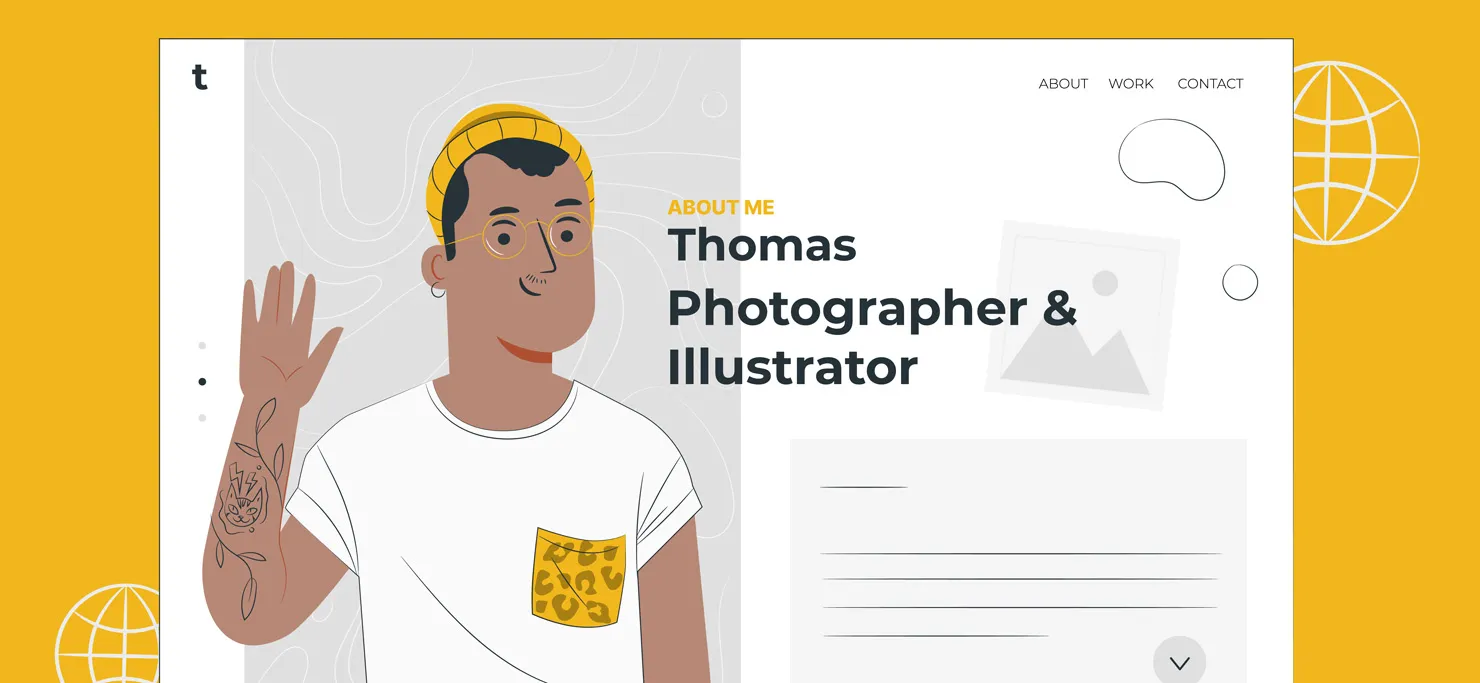
Tying in personality looks different for everyone, but can even be something as simple as incorporating your favorite colors. Including an “about me” page is another great option for those willing to give more of a background on who they are. After all, you’re the creator of all your hard work–don’t hide behind it!
Bonus: Put your portfolio to work.
Now that your portfolio is polished and ready to go, it’s time to put it to work. Landing a creative position isn’t always easy, so here are some platforms to help your job search.
Designity: Without having to interact with clients, Designity offers freelance opportunities across all creative areas and experience levels. Working alongside creative directors, you deliver big and small companies projects across 85+ categories.
Behance: As one of the most popular creative inspiration resources and portfolios, Behance also offers a space for job searching. Filtered by fields and positions, you can explore numerous creative career opportunities posted every day.
Creatively: Specializing in big-name brands, Creatively connects creatives of all kinds with corporate creative positions. From internships, full-time, to freelancing contracts, you can browse a long list of vacancies across most specialties.
Being a creative is hard enough as it is, never mind having to persuade someone into investing in you and your work. But with trial and error, polishing your portfolio will only make your candidacy and work stronger. You’ll be glad you did later.
